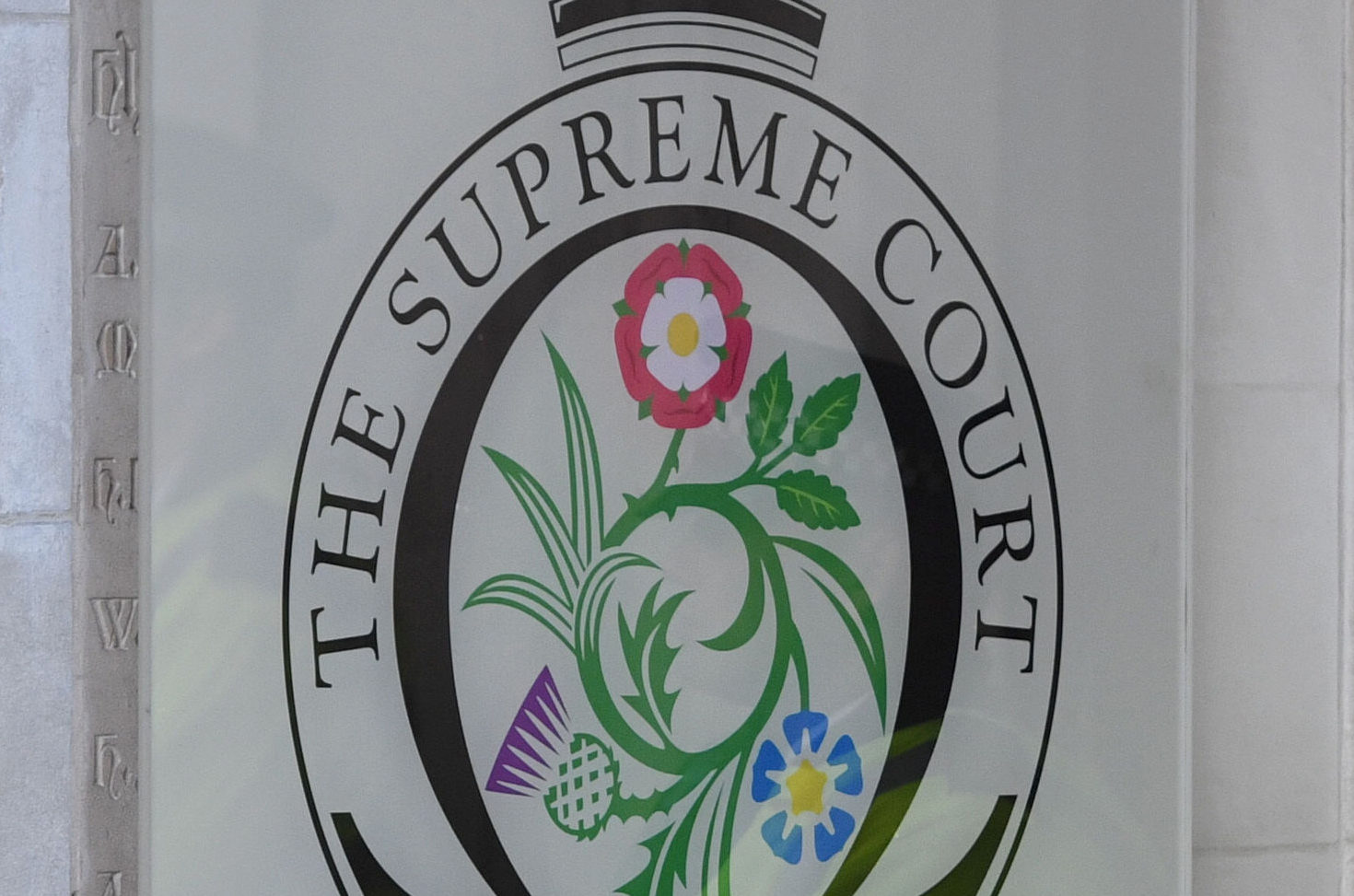
THE Supreme Court has ruled that parts of a Brexit Bill passed by the Scottish Government would be outside its legislative powers.
Seven justices unanimously held that, although the Bill “as a whole” is not outside the “legislative competence” of Holyrood, the parts of it which would affect UK law would be.
At a hearing in London in the summer, the court was asked to rule on whether the European Union (Legal Continuity) (Scotland Bill) passed in March was constitutional and “properly within devolved legislative powers”.
This is an important vindication for @ScotGov – with the exception of just one section, the Scottish Continuity Bill WAS within @ScotParl competence at point of introduction. https://t.co/r3ApADS7ln
— Nicola Sturgeon (@NicolaSturgeon) December 13, 2018
Announcing the court’s decision on Thursday, its president, Lady Hale, said that one section of the Bill was outside the Scottish Parliament’s powers because it would have the effect of making UK law “conditional” upon the consent of Scottish Ministers.
She also said other sections of the Bill would “modify” provisions of the UK Parliament’s own Brexit bill, which came into force in June.
Lady Hale said: “We wish to make it clear that it is no part of our function to determine or to influence the political questions which underlie this dispute.
“Our role is a purely legal one.”
The issue was referred to the court to seek legal certainty “in the public interest” by the Attorney General and the Advocate General for Scotland, the Government’s senior law officers.
SNP ministers in Edinburgh brought forward the legislation after branding the UK Government’s European Withdrawal Act a “power grab” – fearing this will mean responsibilities they believe should come to Holyrood after Brexit will instead go to Westminster.
When the Bill was passed, Scottish Government ministers insisted it was within Holyrood’s competence – although the Scottish Parliament’s Presiding Officer, Ken Macintosh, ruled against them on this.
Both the UK and Scottish Governments claim to have been vindicated by the ruling.
The SNP’s Brexit Secretary Mike Russell said: “The Scottish Government’s position has been vindicated by the Supreme Court judgment, which confirms that the Scottish Parliament had the competence to prepare its own laws for Brexit when the Continuity Bill was passed.
“Worryingly, parts of the Bill have been thwarted as a result of steps taken by the UK Government.
“For the first time ever, UK Law Officers delayed an act of the Scottish Parliament from becoming law by referring it to the Supreme Court.
“Then the UK Government, for the first time ever, invited the UK Parliament to pass a Bill which they knew would cut the powers of the Scottish Parliament without its consent.
“The UK Government changed the rules of the game midway through the match.
“This is an act of constitutional vandalism but that does not take away from the fact this judgment makes clear MSPs were perfectly entitled to prepare Scotland’s laws for Brexit at the time this Bill was passed. The UK Government’s arguments have been clearly rejected.
“We will now reflect on this judgment and discuss with other parties before coming back to Parliament to set out the best way forward.”
On the other side, Scottish Secretary David Mundell said: “The Supreme Court has provided much-needed legal clarity that the Continuity Bill goes beyond the powers of the Scottish Parliament.
“This demonstrates clearly that it was the right thing for the UK Government to refer the Bill to the Court.
“It is now for the Scottish Government to consider how to proceed, and we hope Holyrood will take a pragmatic approach and work constructively with us as we leave the EU.”

Enjoy the convenience of having The Sunday Post delivered as a digital ePaper straight to your smartphone, tablet or computer.
Subscribe for only £5.49 a month and enjoy all the benefits of the printed paper as a digital replica.
Subscribe